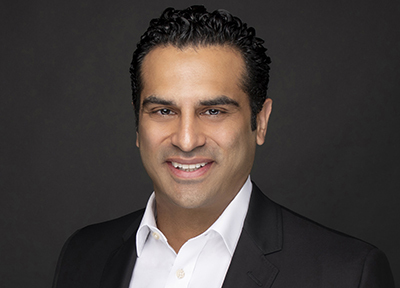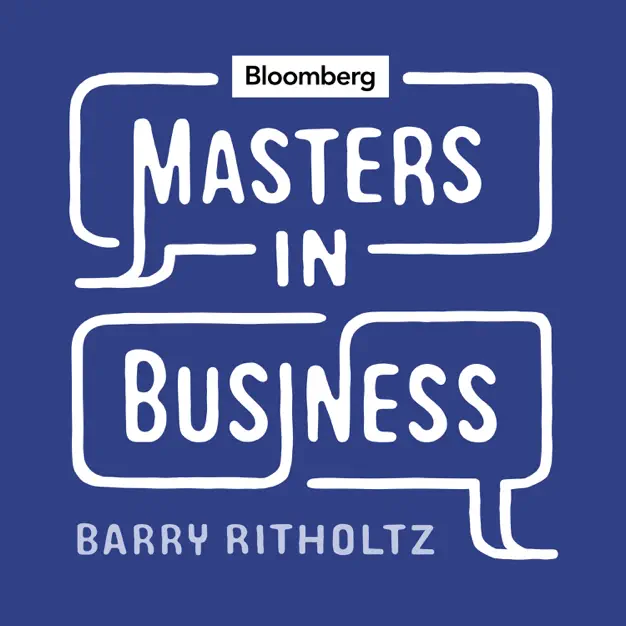The size factor is among those equity risk factors that have provided a premium over the longer term. Recently, however, some researchers have expressed doubt about its utility based on a comparison of its performance with other well-known factors. For example, Ron Alquist, Ronen Israel, and Tobias Moskowitz as well as Noah Beck, Jason Hsu, Vitali Kalesnik, and Helge Kostka have argued that there is neither strong empirical evidence nor robust theoretical support for a persistent size premium.
But there are reasons why most investors should question the relevance of these conclusions.
Statistical analyses by Joel L. Horowitz, Tim Loughran, and N.E. Savin show that the stand-alone outperformance of small-cap stocks over large-cap stocks is weak and may even disappear when exposure to the market factor is taken into account. In particular, augmenting the set of independent variables with the lagged market return, in addition to the contemporaneous market return, leads to an insignificant size premium.
While of marginal statistical interest, this result has little if any practical implication for investors. Indeed, the lagged market “factor” is an artificial construct that investors cannot hold in their portfolios and so has only hypothetical statistical applications. As such, measuring the alpha of such a non-investable factor does not make economic sense.
For us, the more important question is: Does the size factor add value to an investor’s portfolio?
Factor performance should be assessed from a portfolio perspective
The simplest way to determine whether a factor adds value to a portfolio is to compare the portfolio’s Sharpe ratio with and without the factor. The higher the Sharpe ratio, the higher the risk-adjusted return of the overall portfolio. A stand-alone factor premium will not answer this question, since this does not account for the factors’ risk characteristics, namely the correlations between the factor under consideration and the other factors in the portfolio.
Furthermore, gauging exposure to the market factor alone does not give a complete picture of how the factor will impact the portfolio because it ignores correlations with other factors. Adding the lagged values of the market factor in the regression does not resolve this problem and also assumes that an investor’s choice is limited to holding only the market or holding the market and size.

To properly analyze the size factor, we must evaluate its utility within a set of economically relevant factors. Examining the size factor alongside economically meaningless or redundant factors hardly yields any statistical or economic insight. Consequently, to determine whether size adds value and improves the Sharpe ratio of a portfolio, we need to integrate exposures to all these other factors into our analysis.
In work previously published in The Journal of Beta Investment Strategies, Scientific Beta researchers Mikheil Esakia, Felix Goltz, Ben Luyten, and Marcel Sibbe conducted several tests to determine whether the size factor does indeed improve the Sharpe ratio of a multi-factor investor. The results presented in the chart below illustrate that it clearly does and are consistent with findings from other researchers. The graph shows the factor weights that maximize the Sharpe ratio of an investor who can choose from a factor menu featuring the market, size, value, momentum, low-risk, high-profitability, and low-investment factors, which have been widely used in both academic and practitioner research.
This is a straightforward way to assess a factor’s impact on the risk/return characteristics of a portfolio. Any deviation from these weights would lower the Sharpe ratio. The size factor received a weight of more than 9% in the portfolio, which is greater than that of value (2.9%) and close to those of momentum (11.4%) and low risk (11.7%).
Weights in Mean-Variance Optimal Portfolio, July 1963 to December 2018

In the same study, the researchers also reported that the stand-alone size factor had the lowest return among the factors on the menu over the analysis period. Momentum and low risk had average stand-alone premia that were about three times as high. However, the weights of the momentum and low-risk factors in the optimal portfolio are not much higher than that of the size factor.
What explains these results? Ultimately, optimal factor weights depend on more than just returns. They also rely on risk properties, notably factor volatilities and the correlations of each factor with factors other than the market factor. Taking these risk properties into account is particularly useful since we can measure them with a fair degree of reliability, while expected returns are notoriously hard to estimate.
The size factor’s positive weight in the optimal portfolio demonstrates that including exposure to size improves the risk/return profile of a multi-factor portfolio. In particular, the size factor contributes to the Sharpe ratio because it has a particularly low correlation with other traditional factors, which makes it an effective diversifier of the portfolio. Indeed, its diversification benefits are so strong that even with close to no premium, the size factor would still be a valuable addition to a multi-factor portfolio.

The size factor may not have stellar returns, but it is a valuable addition to a portfolio
When a portfolio’s exposures to factors other than the market factor are taken into account, adding the size factor clearly improves the portfolio’s risk/return characteristics. Size is a strong diversifier of other traditional factors and consequently adds value to a multi-factor portfolio. Analysis that doesn’t consider exposures to momentum, profitability, and other factors is of little use to investors.
Finally, there is a size effect. Claiming otherwise contradicts the various academic asset pricing models that show the size factor adds explanatory power in the cross-section of returns. These models, by including factors other than the market, provide meaningful conclusions for investors and bear out the size factor’s important contribution to portfolio diversification and risk control.
If you liked this post, don’t forget to subscribe to Enterprising Investor.
All posts are the opinion of the author. As such, they should not be construed as investment advice, nor do the opinions expressed necessarily reflect the views of CFA Institute or the author’s employer.
Image credit: ©Getty Images /Liudmila Chernetska
Professional Learning for CFA Institute Members
CFA Institute members are empowered to self-determine and self-report professional learning (PL) credits earned, including content on Enterprising Investor. Members can record credits easily using their online PL tracker.















